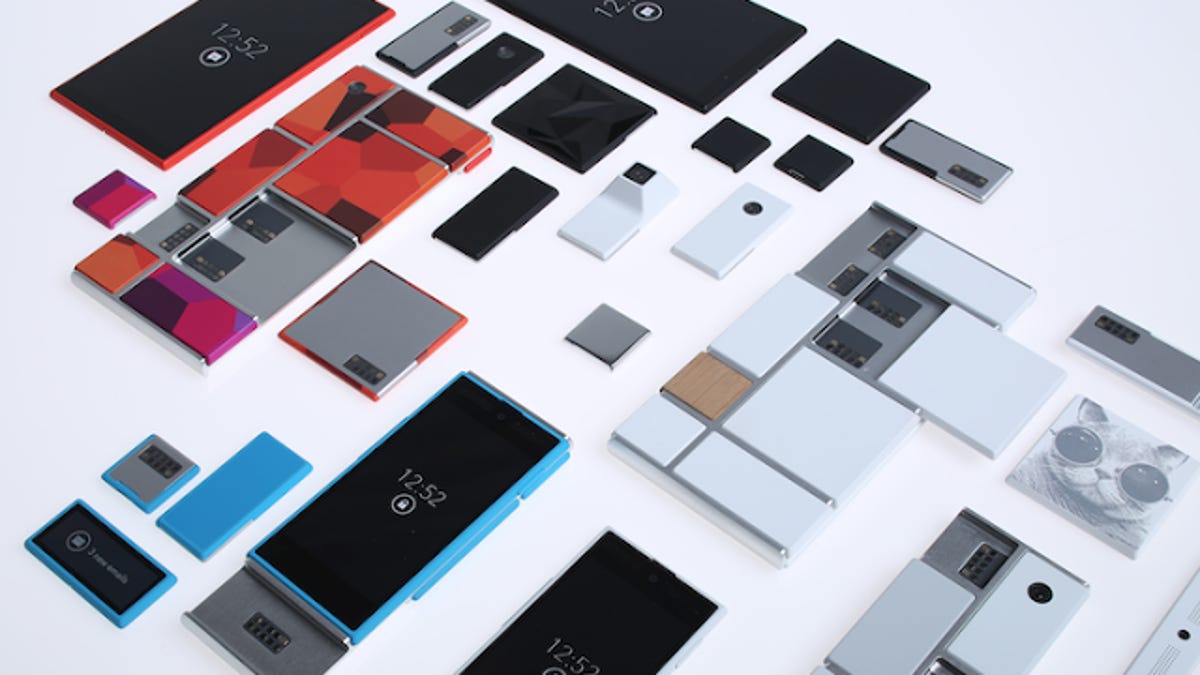The not-so-easy pieces of modular smartphones
<b>commentary</b> The quest for piece-by-piece perfection could deliver livelier devices and less waste, but good luck competing on sleek design with the latest from top-tier phone makers.

Smartphones have become the dominant connected device in the US and around the globe on the twin motors of connectivity and portability.
But with dominance comes the congealing of a once frothy market around a handful of operating systems and handset providers, and many companies are eager for a new round of disruption. This year saw the rise of "concept phones" such as the mighty Ubuntu Edge. A state-of-the-art device that could run Linux as well as Android, it broke records as a crowdfunding project even as it fell short of its funding goal.
But the most radical rethinking of a cell phone from a major vendor came from Motorola via its Project Ara, a phone with components that can be mixed and matched like Lego blocks. Unlike the Ubuntu Edge, Ara (not to be confused with Aura, the company's bygone pricey dumb phone with a circular display) is designed to appeal to those who want high-end components, basic components, or in some cases, no components at all. For example, one could completely forgo the camera for a larger battery.
Ara came to light after a similar grassroots effort called Phonebloks. Phonebloks' initial goal was simply to spread the word for the idea via social networks. However, since Motorola has publicized Ara, the two groups are working in tandem, and the Phonebloks team has shifted from just raising voices to raising funds.
The modular phone has an appeal that exceeds the urge to take personalization far beyond the ample colors and limited material options available to Moto X purchasers via the Moto Maker Web app. The ability to upgrade a phone piece by piece could lead to a longer device lifetime and less e-waste.
On the other hand, such an initiative faces a classic chicken-and-egg dilemma between compatible phones and components. The limited addressable market for products would mean they'd be priced at a premium, creating little incentive for a company like Nokia to release a 41-megapixel PureView camera that could be snapped into another phone. On the other hand, based on products such as the smartphone-companion QX100 camera, a company like Sony might be willing to jump in.
There would also be integration challenges; it's difficult enough to get parts of a phone and operating system running smoothly together when a company optimizes the pieces for its own devices. And good luck piecing something that can compete on sleek design with the latest from top-tier manufacturers. In fact, good luck making the pieces at all. Motorola just announced that it will be working with professional additive manufacturing leader 3D Systems to support Project Ara. The 3D printing company will invest in new methods to bring custom aesthetics and functionality to users.
Concepts such as the Ubuntu Edge and Project Ara remind us that the handset is not destined to remain a monolithic block running an operating system from one of three global technology giants. But they also demonstrate the challenges in competing with the scale and mind share of their ecosystems. Many opportunities that they present are more likely to arrive via evolution than radical reform in the world's largest device category.

